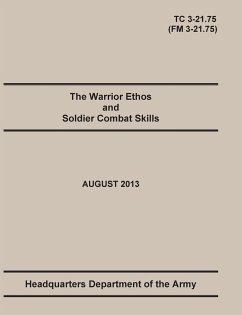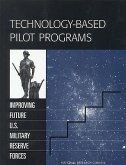This study resulted from recognition by the U.S. Army that a great disparity exists between the decisive overmatch capability, relative to prospective adversaries, of major U.S. weapon systems (such as tanks, fighter aircraft, or nuclear submarines) and the relative vulnerability of dismounted soldiers when they are operating in small, detached units (squads). The increased reliance in recent Army deployments on soldiers operating in these tactical small units (TSUs), as well as the expanding responsibilities of ground forces in the future for missions that go beyond traditional combat, provided the incentive to ask what could be done to give dismounted soldiers and TSUs a credible degree of decisive overmatch in any of the anticipated future operational environments. The focus of this study was achieving decisive overmatch for the dismounted Soldier and tactical small unit (TSU) on future battlefields. In particular, the committee was asked to determine the elemaents of overmatch capabilities necessary to achieve decisiveness, identify technical requirements for optimizing Soldiers and small units, identify near-, mid-, and far-term technologies for investment, and determine the relative importance of such investments. To examine the desired elements of decisive overmatch, Chapter 2 identifies capabilities needed for decisive overmatch by Soldiers and small units in dismounted infantry squad operations, including situational understanding, military effects (including lethal and nonlethal effects and stability actions), maneuverability, sustainability, and survivability. Chapter 3 then articulates the foundational capabilities needed to identify and implement potential solutions. Finally, Chapter 4 describes how to achieve overmatch by focusing on the five areas most likely to enable improvements in Soldier and TSU decisiveness. The study will examine the applicability of systems engineering to soldiers and small units, as well as specific technology areas that are relevant to making soldiers decisive, particularly in conditions where we still take casualties today (movement to contact and chance encounters). Technology areas to be considered should include (but not be limited to) situational awareness, weapons, mobility, and protection, adaptation to battlefield environments (e.g., clothing, cooling), communications and networking, human dynamics (e.g., physical, cognitive, behavioral), and logistical support (e.g., medical aid, food, water, energy).








